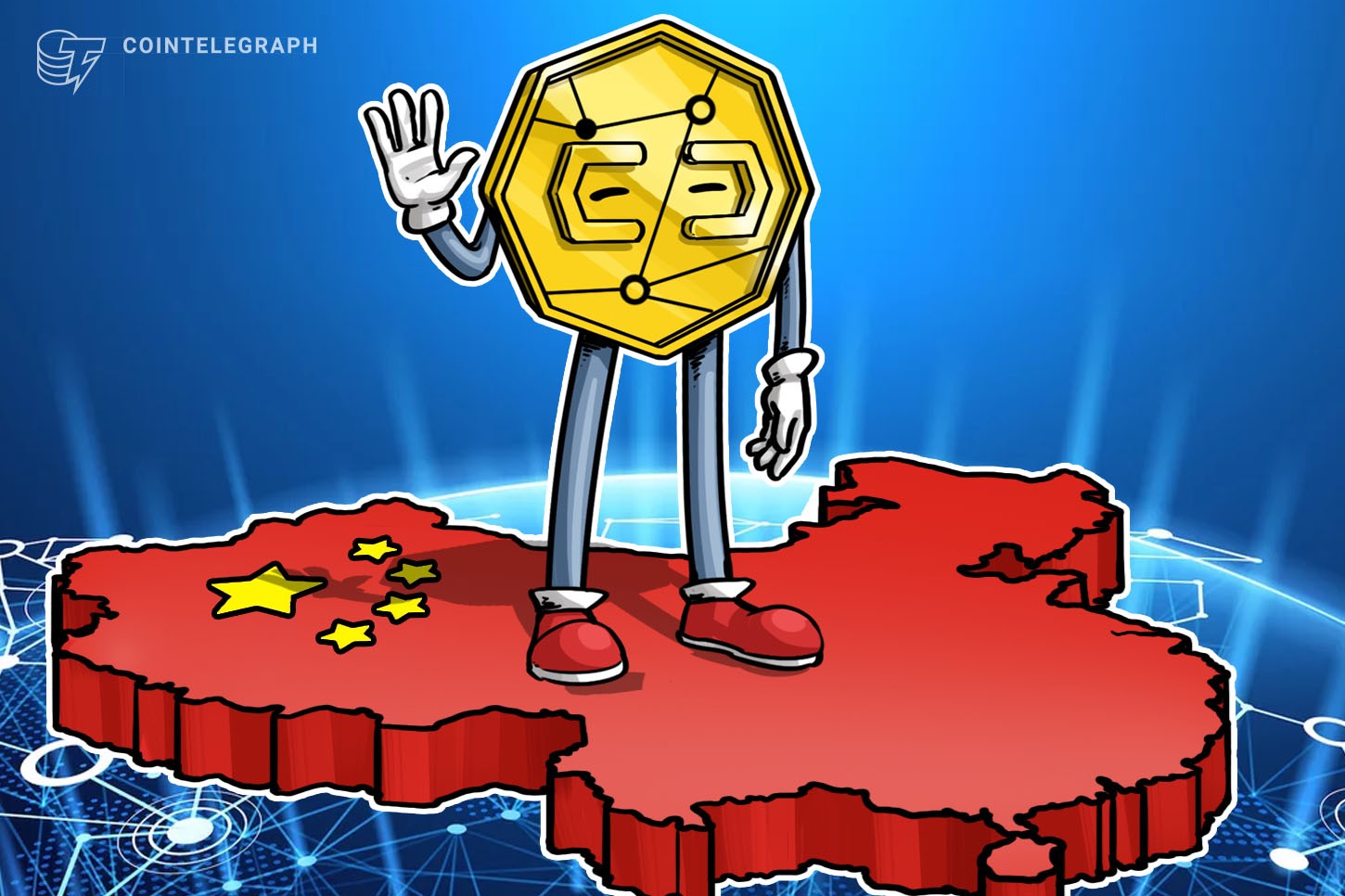China is not launching a war on cash by introducing its own digital currency, a senior official from the central bank has said.
As Reuters reported on Nov. 12 quoting Mu Changchun, head of the digital currency research institute at the People’s Bank of China (PBoC), Beijing still intends for the new currency to complement the paper yuan.
PBoC “knows” public wants notes and coins
Mu was speaking at a conference in Singapore, as speculation swirls the digital currency could appear within the next three months. China would be one of the first countries in the world to issue a domestic digital currency, along with Tunisia.
“We know the demand from the general public is to keep anonymity by using paper money and coins… we will give those people who demand it anonymity in their transactions,” Mu explained. He continued:
“But at the same time we will keep the balance between the ‘controllable anonymity’ and anti-money laundering, CTF (counter terrorist financing), and also tax issues, online gambling and any electronic criminal activities. That is a balance we have to keep, and that is our goal.”
No war on cash?
China already employs strict monitoring of the financial sphere. The use of popular mobile payment operators such as WeChat Pay and Alipay requires extensive personal information, and until recently was only available to those with a Chinese bank account.
Mu’s comments build on previous moves from the PBoC to protect cash. In July, it announced a crackdown on merchants refusing to accept paper fiat.
Nonetheless, Mu appeared keen to state that digital currency did not imply increased control of user data, despite the ease of aggregation of such data with digital transactions.
“We are not seeking full control of the information of the general public,” he added.
Other attempts to digitize previously cash-based transactions have met with much criticism. In India, where the government is conversely attempting to limit cash usage since 2016, spectators have voiced alarm at a scheme to tie replacement digital transactions to consumers’ real identities.


